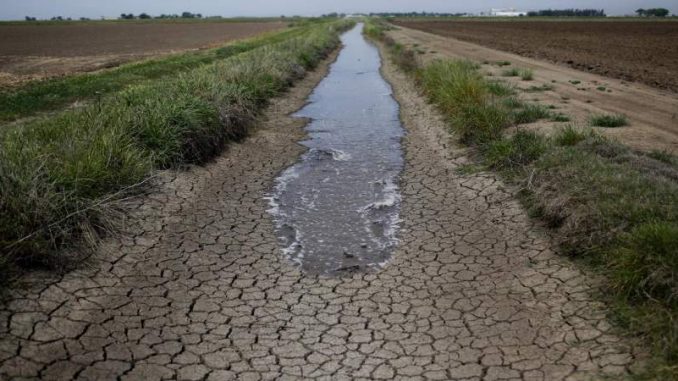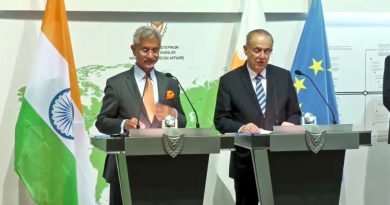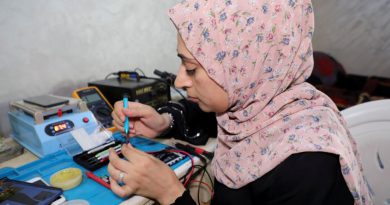Water crisis builds in Egypt as Dam talks fail and temperatures rise
Fayoum (Reuters) – Ahmed Abd-Rabo used to get all the water he needed to feed his crops 50 km (30 miles) from Egypt’s River Nile. Then supplies in the canal linking his seven acres to the river dwindled as other farmers drew more water, and he had to abandon half the plot.
His smallholding is one of the victims of a creeping water crisis, exacerbated by Egypt’s growing population and the impacts of climate change.
Egypt fears things could get even worse as Ethiopia starts filling the reservoir behind a giant dam upriver.
On Wednesday, the United States was hosting talks between the countries and their fellow Nile-user Sudan to try to restart stalled talks over the hydropower project.
U.S. President Donald Trump said he met with officials from Egypt, Ethiopia and Sudan to discuss the issues involved.
“The meeting went well and discussions will continue during the day!” Trump said in a Twitter post.
But even if Washington succeeds where years of trilateral negotiations have failed, Egypt will still have broader water problems that have left it struggling to sustain food production.
“There is very little Nile water,” said Abd-Rabo, standing next to the plot where he grows wheat and fodder in Fayoum, about 100 km (60 miles) south of the capital, Cairo.
“In winter, sometimes there’s a bit more, but mainly because the land doesn’t need a lot of water in the winter. But in the summer, we don’t get any.”
Egyptian officials say they currently have around 570 cubic meters (150,000 gallons) of water per person per year – hydrologists consider a country to be facing water scarcity if supplies drop below 1,000 cubic meters per person annually.



